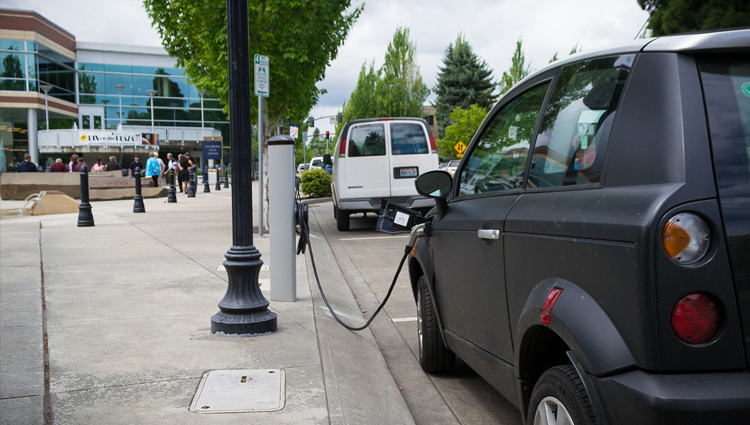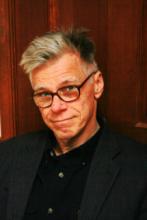The Smarter Electric Grid Of The Future

(Inside Science) -- The smart grid idea aims to save money, reduce pollution, lower costs, and create new "green" jobs.
Smart grid is a phrase that refers to a number of things at the same time. It refers to the modernization of the electrical grid itself -- the way electricity is transmitted over long distances and then brought to customers. It refers to things in the home, such as appliances that turn themselves off and on at certain hours in order to save energy. And it can refer to the effect electricity will have on other parts of the economy, such as transportation.
George W. Arnold, who works at the National Institute of Standards and Technology in Gaithersburg, Md., has the job of coordinating government programs with private efforts to ensure that new technology coming into being will be compatible with existing grid equipment and with the technology of tomorrow.
Arnold spoke this week about the smart grid in the year 2020 at a meeting of the Association for Computing Machinery in Washington. His talk was a sort of "State of the Union" for electricity in the U.S., as it will be ten years from now.
Here is a sampling of what home electricity might look like in the year 2020. Roof shingles made of light-sensitive materials make electricity to help power the home. Twenty percent or even more of electricity sent by the local utility will be from renewable sources, such as wind or solar power. Many homes will be equipped with "net metering," which means that if you generate more electricity than you can use (from solar cells, say), it can be sent out and added to the general grid.
One of the main goals of an automated smart grid for the home is for appliances to know when to operate. For example, with a single small microchip a dishwasher will start up in the middle of the night, when the cost of electricity is much lower than in the late afternoon.
The advent of smart meters will allow utilities to charge different rates for electricity during different times of the day. Because of this, customers will learn to be thriftier with their energy use. At least that's what energy analysts hope.
Many homes send and receive Internet signals over a phone line or a dedicated cable. The smart grid of tomorrow may carry such information over lines now dedicated to power alone.
"Enernet is our name for a system that combines energy and information," Arnold said.
A greener grid is expected to be a major new component of the economy. Arnold cited a recent study which showed that about 270,000 new jobs relating to the smart grid would be generated over the next few years, and that another 170,000 jobs would materialize in the five years after that.
The government will spend more than $3 billion over the next year or two in helping to promote the smart grid. But is this enough? Massoud Amin, a professor at the University of Minnesota and who helped to promote the idea of smart grid more than a decade ago, says that $10 billion per year is probably a better estimate of what is needed.
Another big element of the smart grid is the effort to electrify cars. Car companies are about to introduce plug-in hybrid vehicles, cars which can go up to about 30 - 40 miles with an electric motor, but which can also rely on a gasoline engine. Electric power is much more efficient than gasoline-driven propulsion. That's the incentive for making more cars at least partially electric.
Arnold said that converting two-thirds of the auto fleet to at least plug-in hybrid status would cut oil imports to the U.S. by half and would reduce carbon dioxide emissions by 20 percent. To do this, however, will require upgrades in several parts of the electrical equipment that deliver electricity to homes. Car recharging, like dishwashing, is best done in the middle of the night, when many electrical generators are otherwise idle. But the power needed for the charging can be as great as that needed for the house as a whole. Therefore new wiring might be needed.

